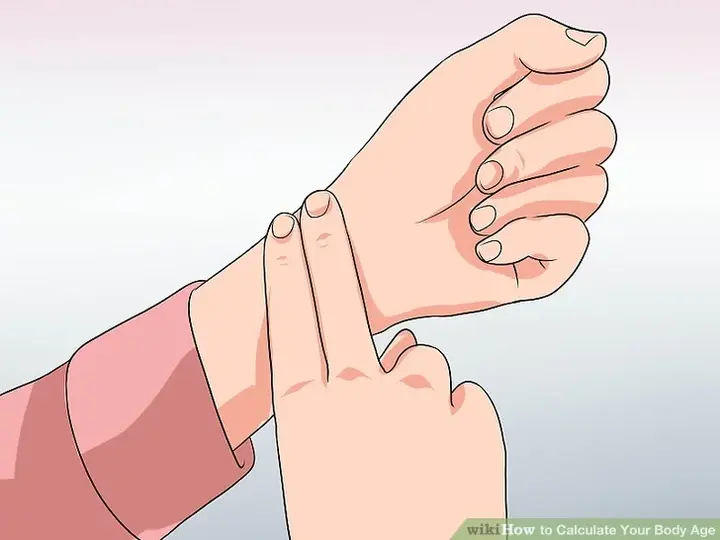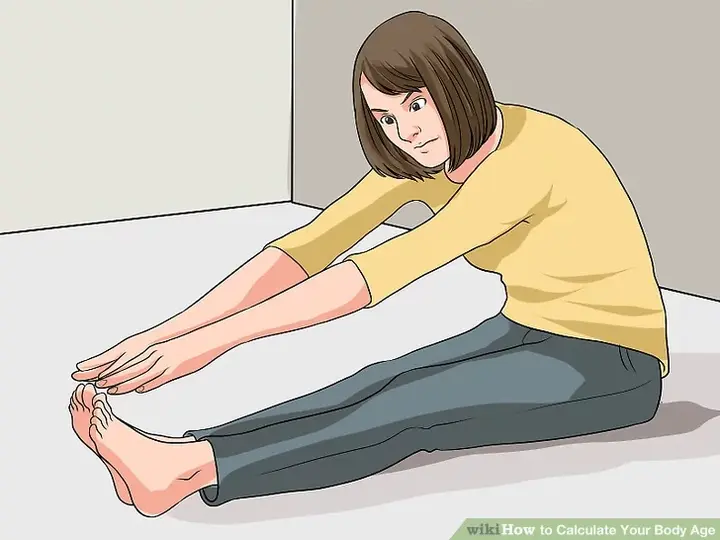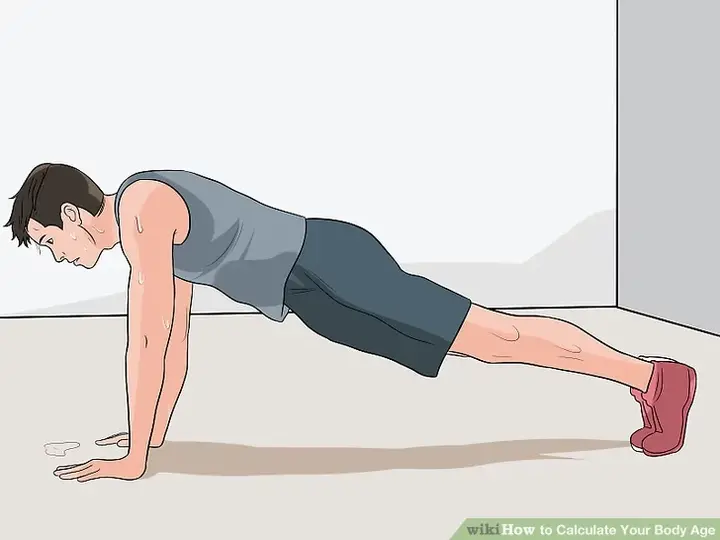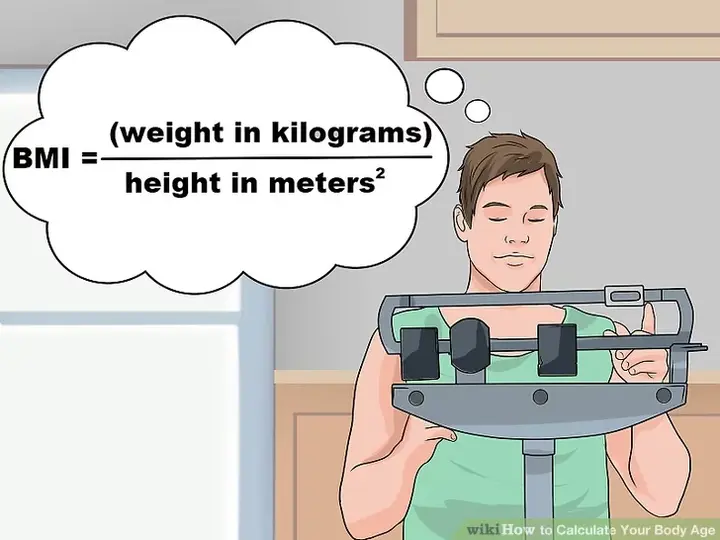How old are you really? 5 ways to calculate the age of your body
The candles on your birthday cake tell only one part of the story: your chronological age. When measured by date and time, your chronological age simply indicates how long you have been in life.
Show key points
- Chronological age reflects the number of years since birth, but biological age depends on lifestyle, such as diet, exercise, and overall health habits.
- Resting pulse rate indicates heart efficiency, with lower resting rates generally signifying a healthier, stronger heart.
- Flexibility assessments, like the toe-touch test, reveal bodily vitality and range of motion which tend to decrease with age.
- ADVERTISEMENT
- Muscle mass gradually declines after age 30, so strength tests like push-ups help gauge aging effects on physical endurance.
- BMI is a widely used metric to determine if your weight is healthy or puts you at risk for age-related conditions.
- Regular, adequate sleep of 7–9 hours is essential for mental and physical recovery and plays a critical role in slowing biological aging.
- The combination of physical, nutritional, cardiovascular, and sleep assessments can provide a more accurate picture of your true biological age.
But there's another way to look at your age, and that's how you live, how you eat, how you exercise, to determine how young or how old you are biologically.
1. What is your resting pulse rate.

The heart is one of the most important organs in the body, and a healthy heart is a big part of your overall health.
A normal heart rate usually beats between 60 to 100 times a minute and ideally your resting rate should be within this area, but some elite athletes have a pulse of less than 50 per minute.
Recommend
Place the first two fingers of your right hand on the inside of your left wrist just below your thumb, above one of the main arteries. You should feel the pulse. Count the number of heartbeats for 15 seconds and then multiply that number by 4 to get the number of your heartbeats per minute.
In general, a low pulse at rest indicates that your heart is strong. Higher rates mean your heart has to work harder to do the same amount of work – showing that it's weaker and less efficient.
Add 1 to your chronological age if your resting pulse rate is 100 beats per minute or more.
2. Test your flexibility.

Can you still touch your toes?
Our body's elasticity decreases as we age and can become limited in older bodies due to a number of factors such as increased dehydration, changes in the chemical composition of tissues, loss of muscle fibers with collagen fibers, and increased calcium deposits.
Your flexibility will give you an idea of your overall health.
Sit on the floor with your back and legs straight together and stretch your arms in front of you at shoulder level. Next to your legs, mark the ground on the point just below your fingertips and then slowly move forward, keeping your legs straight. Mark where your fingertips reach and then measure the distance between the two marks in inches.
How far have you come? The farther the better the result, as it shows that your body is still full of vitality and youth.
Add one year if you are only able to reach less than 5 inches. Subtract one year if you have 10 inches or more. Do not add or subtract if the range is between 5 to 10 inches.
3. Test your strength.

How strong are you? In general, people gain muscle until the age of about thirty. After that, we begin to lose muscle mass slowly, thus impairing physical strength.
People over the age of 30 who are not active lose up to 3% or 5% of their muscle mass each decade, and even physically active people lose some of it.
This loss of muscle mass — called muscle mass loss — means loss of strength and mobility, and can increase the risk of weakness, falls and bone fractures in older adults.
Test your own strength. Do as many push-ups (on your knees) as possible non-stop while keeping your body in a straight line and lowering your chest four inches from the floor, keep moving forward until you can't do more.
This also applies to the above about flexibility, the stronger the better.
If you're able to do a large number of push-ups, you'll likely have a lot of muscle mass and greater physical endurance.
Add 1 (for age) if you do less than 10 push-ups. Do not add or subtract if the number of exercises is 10-19. Subtract 1 if you reach twenty push-ups and subtract two if you reach more than 30.
4. Calculate body mass index (BMI).

Body mass index or BMI is another way to measure your body composition, where weight in kilograms is divided by height in meters.
A high BMI can indicate a large amount of body fat, making you vulnerable to obesity-related health problems.
To calculate your BMI: first multiply your weight in pounds by 0.45 to convert to kilograms and multiply your height in inches by 0.025 to convert it to meters. Squared your height (i.e., multiply it by itself), and finally divide your weight in kilograms by the square of your height. This is your BMI.
A result of 25 or more is considered weight gain.
If you're not into math, you can find the desired sites online that will count it for you.
Add 1 to your age if your BMI is less than 18.5 (underweight). Add 2 if between 25-29.9 (overweight) and 3 if more than 30 (obesity). Subtract 1 if you weigh between 18.5 and 25 (the number is considered healthy)
5. Calculate your nighttime sleep

Sleep gives your mind and body the opportunity to rest and repair, while lack of sleep puts you at risk of high blood pressure, kidney disease, stroke and obesity, and also impairs your cognitive function.
How much sleep do you get at night?
An average adult needs between 7 to 8 hours of sleep per night. Getting less sleep on a regular basis can make you exhausted, mentally tired, and physically old.
Subtract 0.5 from your age score if you regularly get between 7 to 9 hours of sleep. Add 1 if you sleep between 5-6 hours or if you sleep more than 9 hours a night. Add 2 if you get less than 5 hours a night.








